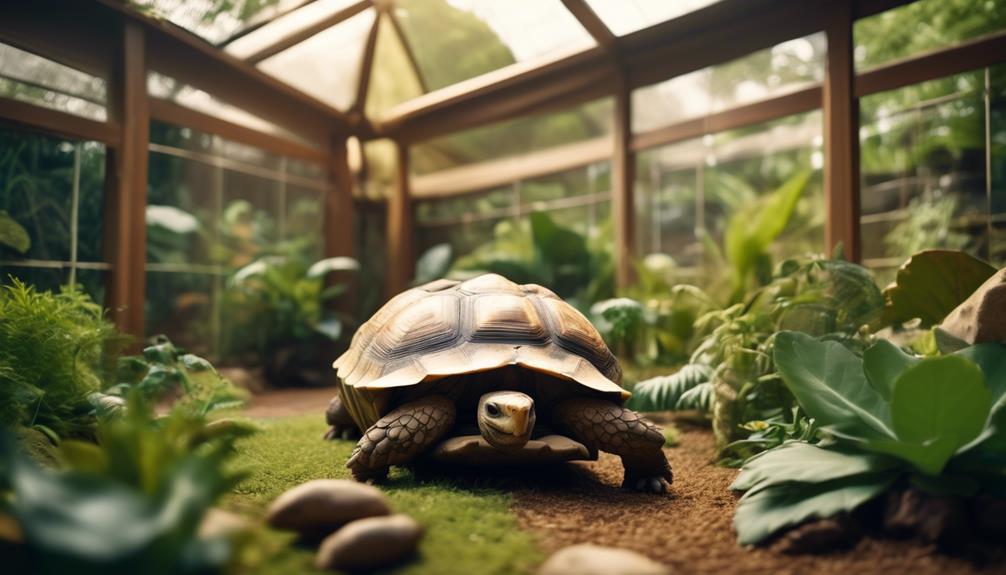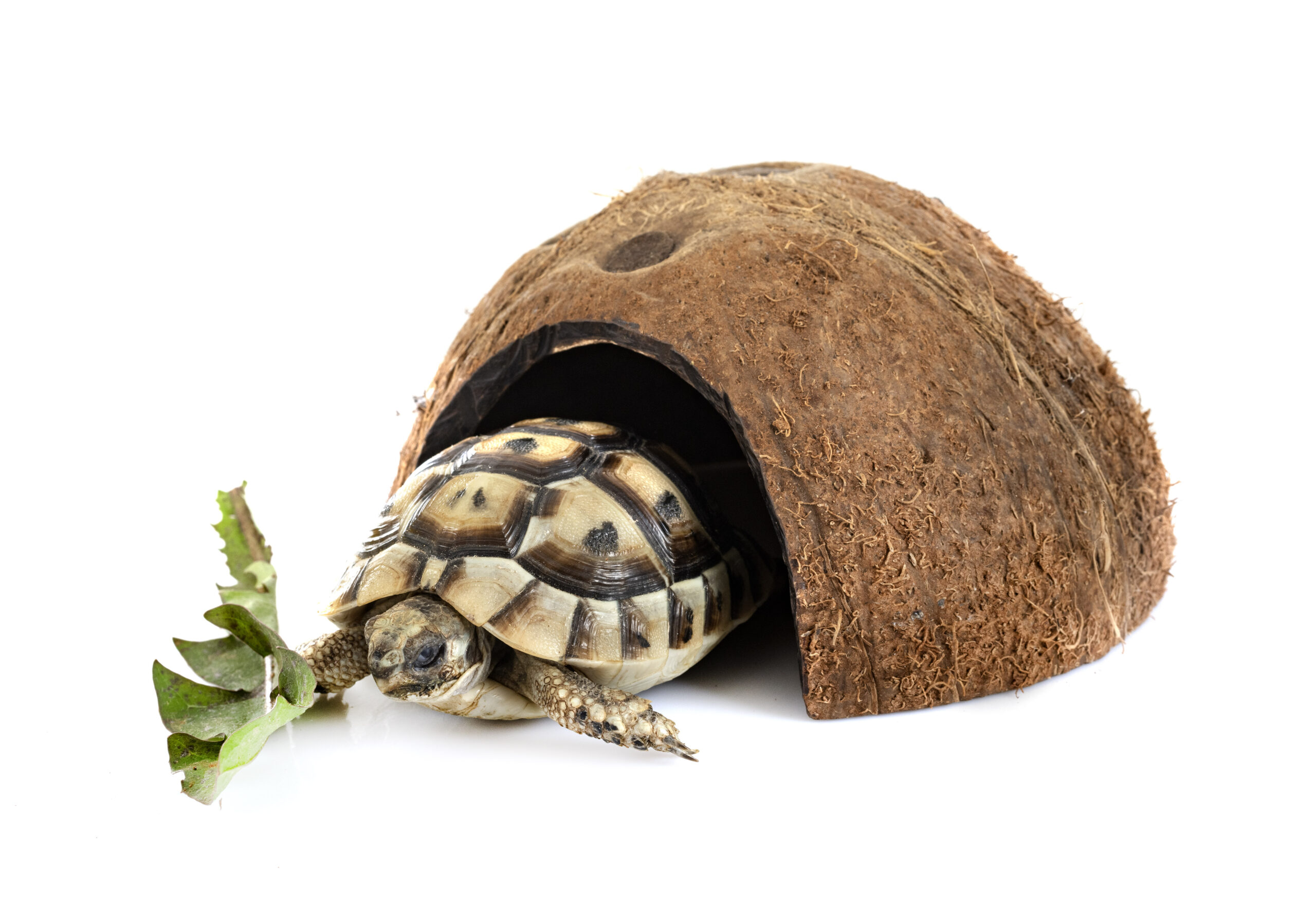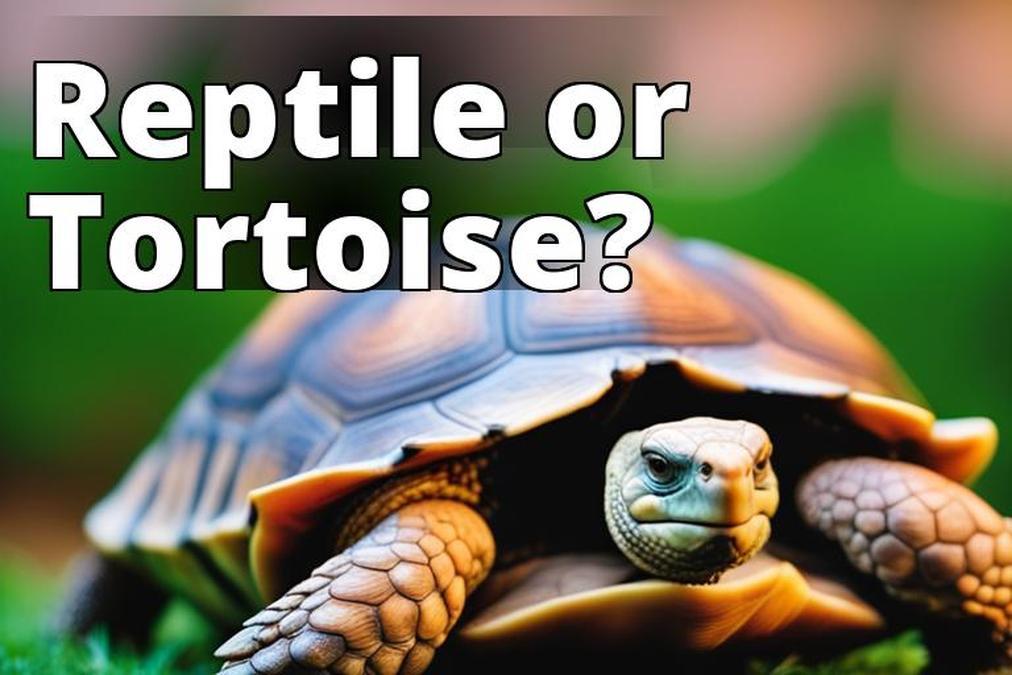Tortoises have been around for millions of years, and they have a reputation for living very long lives. But exactly how long can a tortoise live? In this post, we’ll explore the remarkable lifespan of tortoises, which factors influence their longevity, and whether it’s possible to extend their lives. We’ll also take a closer look at the diverse species of tortoise and their respective lifespans. With a slow metabolism and a habitat that’s perfectly suited to their needs, tortoises are built to last. Join us as we dive into the world of these unique creatures and discover the secrets behind their incredible longevity.
The Remarkable Lifespan of Tortoises
Tortoises have an average lifespan that surpasses many other reptiles, making them truly fascinating creatures. The key to a tortoise’s longevity lies in proper care and habitat conditions. Factors like diet, environment, and genetics also play a significant role in determining their lifespan. Interestingly, tortoises in captivity tend to live longer than those in the wild due to controlled conditions. Understanding the average lifespan of a tortoise is crucial as it helps in providing adequate care for these incredible creatures. By ensuring they have the right diet, suitable environment, and regular veterinary check-ups, we can significantly contribute to their well-being and extend their life expectancy. So, if you’re considering a pet that can be your companion for a long time, a tortoise might be a good choice. They are the best option for those looking for a low-maintenance and long-lived reptile.

Factors Influencing Tortoise Longevity
Factors that contribute to the longevity of tortoises include the provision of an appropriate safe enclosure with adequate heating and humidity levels. Ensuring a clean water supply and offering a balanced diet are essential for promoting good health and extending their lifespan. It is important to note that different species of tortoises have varying lifespans due to their genetics and adaptations. Regular visits to a veterinarian help in identifying and addressing any potential health problems early on, avoiding the development of serious health issues. Additionally, providing a suitable substrate and sheltered areas within the enclosure helps maintain a tortoise’s body temperature, supporting their overall well-being and extending their age. Ensuring these factors are met is crucial for the longevity of a tortoise.
Diverse Species, Diverse Lifespans
Various species of tortoises exhibit diverse lifespans. The Aldabra giant tortoise is particularly renowned for its exceptional longevity, often surpassing the century mark. Desert tortoises have adapted to survive in harsh environments, which contributes to their comparatively longer lifespans. On the other hand, Russian tortoises typically live for an average of 40-50 years. Understanding the lifespan variations among different tortoise species is crucial when considering them as pets. By taking into account the specific needs and lifespans of various tortoise species, individuals can make informed decisions about the most suitable and rewarding pet options. Plantation House, a giant tortoise named Jonathan, holds the record for being the oldest recorded tortoise, living well beyond the century mark.
Exploring the Lifespans of Different Tortoise Species
The lifespans of different tortoise species can vary significantly. For example, the Galapagos tortoise has been known to live up to an impressive 150 years in the wild. On the other hand, African spurred tortoises have an average lifespan ranging from 50 to 150 years. Interestingly, hatchlings of some tortoise species tend to have a higher mortality rate compared to adults. It is also worth noting that larger tortoises generally have longer lifespans when compared to smaller species. Additionally, wild tortoises often have longer lifespans than those kept in captivity due to the natural habitats they inhabit. By exploring the lifespans of different tortoise species, we gain a better understanding of the incredible longevity and resilience of these remarkable creatures.
How Do Tortoises Achieve Their Longevity?
Tortoises achieve their impressive longevity through various factors. Their slow metabolism allows them to conserve energy and live longer. Adequate hydration and the ability to go without food for extended periods also contribute to their survival. During hot weather, they become lethargic to conserve energy and maintain body temperature. Additionally, the cloaca aids in water conservation.

Slow Metabolism and Its Contribution to Longevity
Tortoises possess a slow metabolism, which enables them to conserve energy over extended periods. This reduced metabolic rate plays a crucial role in reducing the aging process and promoting longevity. These remarkable creatures have adapted to survive with minimal food intake and thrive on less energy, allowing them to endure prolonged periods without food or water. By conserving energy, tortoises can maintain their vital functions and sustain their life for an impressively long time. The unique metabolism of these fascinating reptiles significantly contributes to their exceptional lifespan. It’s this slow and efficient metabolic process that allows tortoises to endure and thrive in various environments, making them truly remarkable creatures.
The Role of Habitat in a Tortoise’s Lifespan
Creating the optimal habitat for a tortoise is crucial for its longevity and overall well-being. Temperature and humidity conditions play a significant role in determining how long a tortoise can live. Providing a shaded area allows them to escape excessive heat and direct sunlight, which can lead to serious health problems. Maintaining a consistent environment is essential, as tortoises are sensitive to drastic temperature changes. The choice of substrate is important as it provides comfort and helps regulate their body temperature. By creating a suitable habitat, we can support a tortoise’s long lifespan and ensure they thrive in their environment.
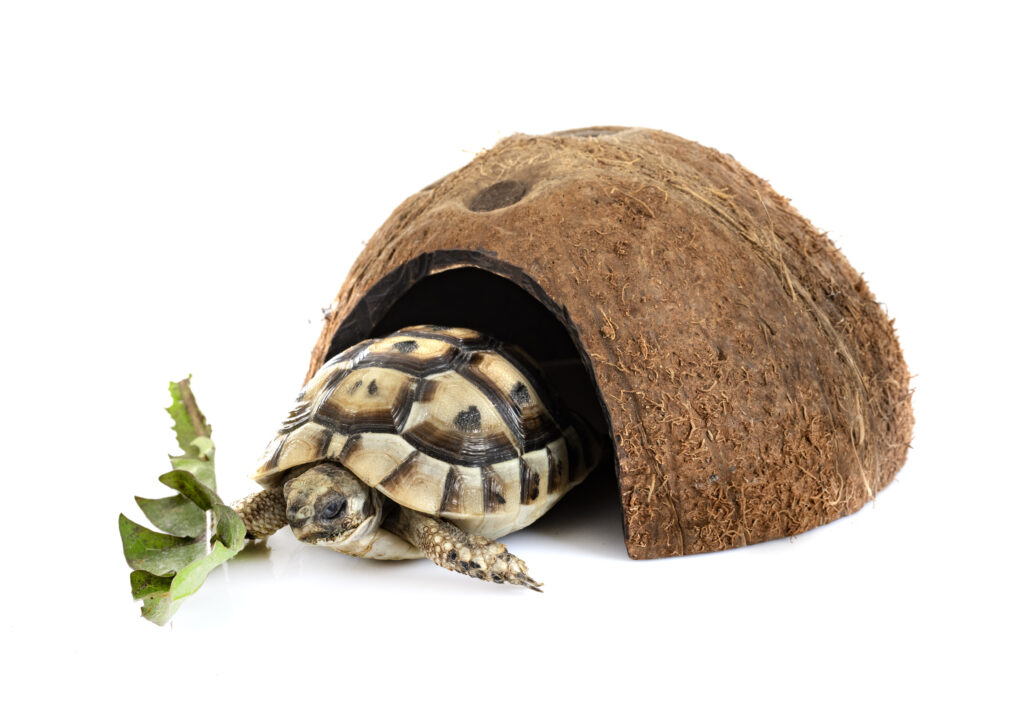
Can a Tortoise’s Longevity be Extended?
Promoting a tortoise’s longevity involves providing a balanced and varied diet with essential nutrients, including calcium for healthy bones and shell growth. Creating an appropriate habitat with suitable lighting and heating also contributes to their lifespan. Regular veterinary care helps identify and address potential health issues early on.
Promoting Longevity: Diet and Nutrition
Promoting the longevity of tortoises is essential for ensuring their well-being and happiness. One key aspect of achieving this is through a carefully curated diet and nutrition plan. A balanced diet consisting of leafy greens, vegetables, and occasional fruits provides the necessary nutrients for good health. It is crucial to ensure that the tortoise’s diet includes proper calcium intake, as this supports their bone and shell development. Excessive protein in the diet should be avoided, as it can lead to serious health problems for these reptiles. Additionally, providing fresh and clean water is essential for hydration and overall well-being. Seeking guidance from a veterinarian can help create a suitable dietary plan that meets the unique needs of each tortoise species. By prioritizing diet and nutrition, tortoise owners can contribute significantly to the longevity and quality of life of their beloved pets.
The Importance of an Appropriate Habitat
Creating an environment with proper heating and humidity levels is crucial for ensuring the well-being of a tortoise. By providing an appropriate enclosure, you can mimic the natural habitat of the species. This allows the tortoise to regulate its body temperature effectively and promotes healthy growth. A secure and spacious habitat is essential for allowing the tortoise to engage in natural movements and activities. Providing hiding spots and sheltered areas creates a sense of security for the tortoise, reducing stress and the risk of serious health problems. It’s important to avoid overcrowding the enclosure, as this can lead to territorial disputes and increased stress levels. Regular monitoring of the habitat conditions and making necessary adjustments, such as maintaining the right moisture levels, ensures the longevity of your tortoise. Remember, a well-maintained habitat is the key to the overall health and happiness of your pet.
What is the Oldest Recorded Age of a Tortoise?
Some tortoises have been known to live well over 100 years, with the average lifespan ranging from 50 to 150 years. Tortoises in captivity tend to live longer than those in the wild. The giant tortoise species, like the Galapagos tortoise, can even surpass 150 years. Factors such as proper care and habitat contribute to their longevity.
Are Humans Influencing the Lifespan of Tortoises?
Humans play a crucial role in the lifespan of tortoises, especially those kept as pets. Providing a controlled environment, proper nutrition, and regular veterinary care can significantly impact their longevity. Neglecting their basic needs can lead to health issues and shorter lifespans. Remember, a well-cared-for tortoise can live a long and healthy life.
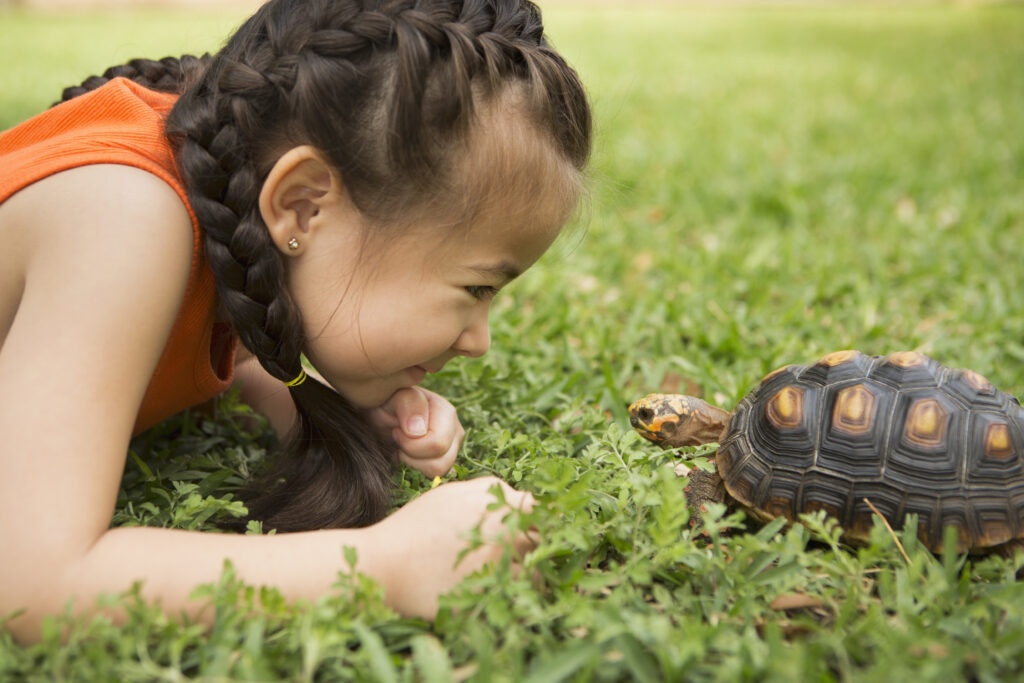
How Long Can a Tortoise Live Conclusion
In conclusion, tortoises are truly fascinating creatures with remarkable lifespans. Factors such as genetics, habitat, diet, and overall care play significant roles in determining their longevity. With a slow metabolism and the ability to adapt to various environments, tortoises have evolved to live exceptionally long lives. However, it is important to note that humans also have an impact on the lifespan of tortoises. By providing them with proper nutrition, a suitable habitat, and protection from threats such as habitat destruction and illegal wildlife trade, we can help ensure their survival for generations to come. Let us appreciate these incredible animals and work towards their conservation and well-being.





